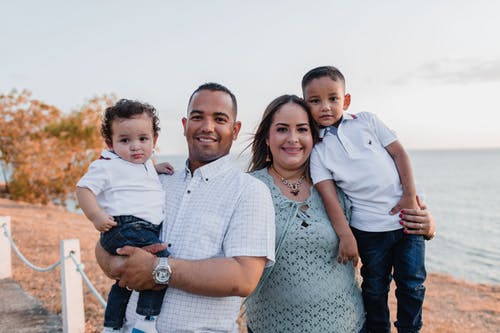
However, in recent years, the general H-1B cap has decreased to 65,000 with a separate 20,000 cap for persons with advanced degrees from U.S. universities.
Some places of employment are exempt for the H-1B caps. For instance, if you are employed “at” a university, at a location which is “related to” or “affiliated with” a university or at either a nonprofit or a government research institution, you are not subject to the numerical caps. In addition, physicians who have received “J waivers” are not subject to the H-1B caps.
Client Reviews

Go to a Law Firm which is Professional and Knowledgeable
“Very professional law firm. We had a difficult issue and Mr. Shusterman’s office got right onto the case and resolved the issue with USCIS. Because of their efforts, me and my family were able to get our Legal Permanent Residency card. My suggestion to those trying to obtain employment based card. Don’t look for money saving attorney. They will cost you lot more in long run. Go to a law firm which is professional and knowledgeable. It pays in the long term.”
- Nilesh Patel, Chicago, Illinois
Read More Reviews
Zoom Consultations Available!
If your employer submits a petition for an H-1B change of status for you before your Optional Practical Training (OPT) expires, your OPT is automatically extended while the petition is pending. This is known as the “cap-gap” rule. If the H-1B petition and application for a change of status is approved by the USCIS, your OPT status is automatically converted to H-1B status as of October 1st.
